(regarding the mind-body and the nature-culture continuum) #1
ARTISTIC RESEARCH
Concept and Dance in Progress by Sabina Holzer. With conceptual and spacial company of Jack Hauser, choreographic support by Brigitte Wilfing and textual support by Elisabeth Schäfer. Many thanks to Elisabeth Vlasaty and Jan Laut, who suported this artist in residence.
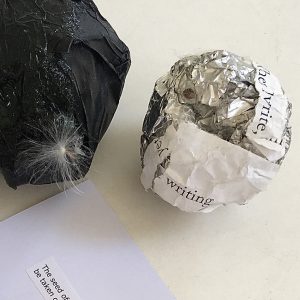
Endangered seeds: a tender call from childhood.
Entangled myth: the myth of necessairy monstrosity,
or monstrous necessity.
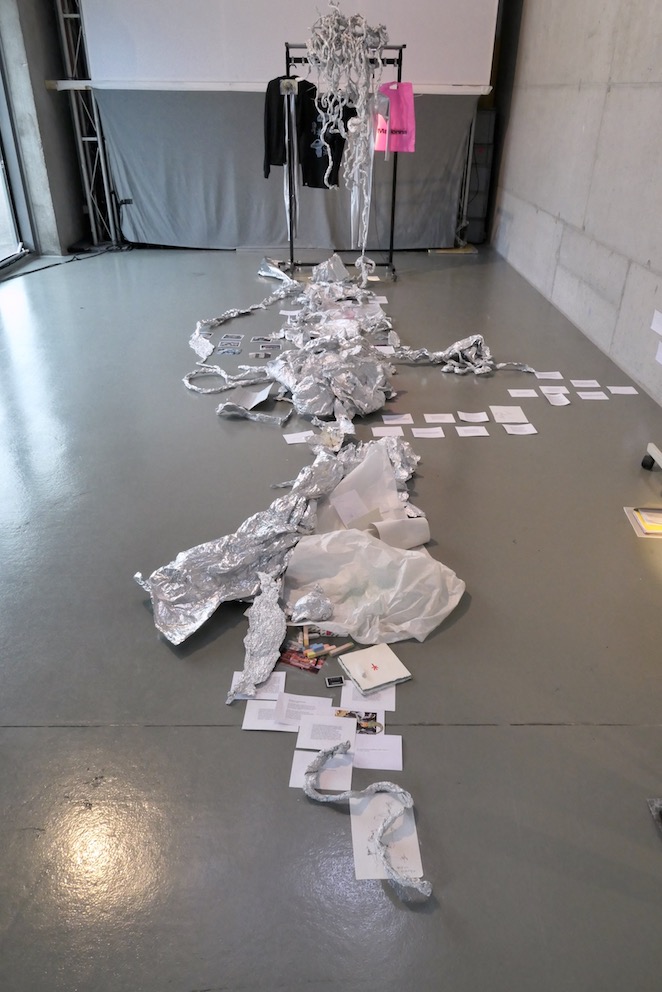
This Dance in Progress is an artistic research to engage with the figuration and semantic field of Medusa, entangled with the material-semiotic aspects of aluminium.
[The aluminium used in this project is recycled. I work with it since 2016.]
Video of the presentation@Jot12, 6th Sept. 2019
further poetic cartographies and operations
(regarding the mind-body and the nature-culture continuum)
Text: Luminescence
Medusa is a Greek mythological figure generally known as a monster, although she was the most beautiful of 3 sisters, who was looking after the apples of paradise. Some say, that one day Zeus seduced her; – others, that he raped her. Out of jealousy Athene put a spell on her. Medusa mutated into an immense ugliness with snaky hair, scales, bronze arms, glowing eyes and a hanging tongue. Everyone who looked at her turned to stone.
This is one story about her.
Another story tells, that she was a great goddess of the Amazons and one of the most powerful entities of the snake cult in Libya.
After all it is agreed that she is a Gorgon and belongs to the chthonic region in the mythology. Chthonioi means earth, representing the underworld and deadly goddesses as well as those who provide life and fertility.
For French philosopher and author Hélène Cixous, Medusa is a character who is not terrible and evil, she scares others because she is unusual, wild and unutterable. In her legendary text from 1975 „The Laughing of Medusa“ it is Medusa, who writes with the body that follows its own logic and connections and does not submit to the phallocentric logos and linear reasoning.
The jellyfish is also called Meduse because its tentacles move around its body like snakes. It is not the gaze of the animal medusa that causes the victim to freeze or die, but the venom that shoots out of the nettle capsules of the tentacle like a spear into the victim’s skin. Jellyfish are not a systematic taxonomic group.
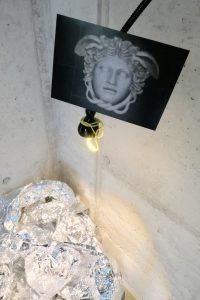
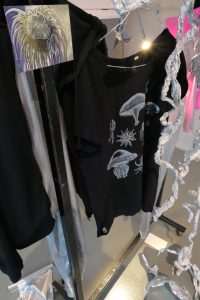
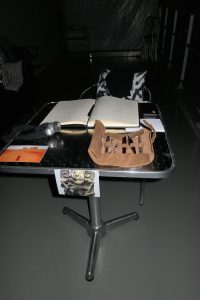
For me, the figure of the monster is a very exciting one. We do live in monstrous times with a mishmash of different aspects, media and matters. A monster is a combination of different aspects and elements that normally do not connect. In the monster these aspects work together and creates something monstrous and unusual, which scares us.
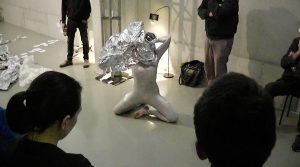
Aluminum is one of the most abundant elements in the earth’s crust. It always exists in relation, as part with other substances, never in its pure form. (This is why for the extraction of aluminum so much energy is needed.) Also in the human body are, on average about 50 to 150 milligrams of aluminum. Approximately 50 percent of this is distributed to the lung tissue, 25 percent to fat, muscle and connective tissue and another 25 percent of the bones. Aluminum is thus on a micro scale also a natural part of the human body.
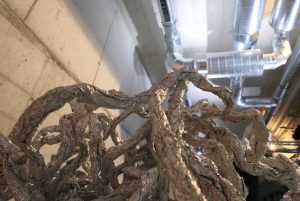
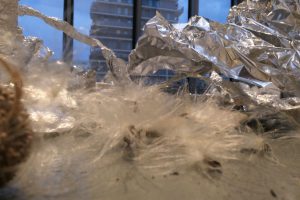
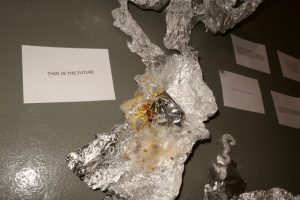
For the production of Aluminium only the starting material, bauxite is of economic importance. Bauxite contains up to 60% aluminum. The extracted ore is heated in pressure vessels with caustic soda to 150 to 200 ° C (Bayer process). This aluminum is produced in the form of aluminate. The iron-rich residues (red mud) are filtered off. This ground red mud must be disposed of as a waste product. The alumina is melted and reduced to metallic aluminum during electrolysis using large amounts of electrical energy. The production of one million tonnes of alumina consumes as much energy in one year as half a million households.
The production of Aluminum is largly happening in the tropical belt (like Guinea, Jamaica, India, Australia and Brazil) and distroys the rainforest and exploits the populations there.
Also 2010 in Hungary, in Kolontár was an environmental catastrophe cause by the red mud which is produced in the process to extract Aluminium.
Aluminum is not just the basic material for many instruments and buildings in our society, it is used in global trade to conserve and protect products. It is also used in food, cosmetic and medicine. For a long time it was believed that the human body is releasing aluminium quite quickly. Recent research has found out, that this is not the case: Aluminum becomes part of the organ tissue and enters the brain. Nowadays it is said, that Aluminuim can be regarded as a neurotoxic substance, which harms the human condition severly.
How can we respond to monsters we create by our turbo capitalism?
How can we deal with the monsters within, without cutting their head off, pretending we can just diminish them?
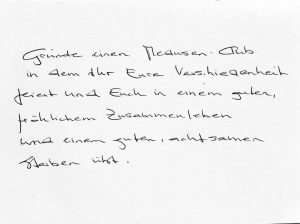
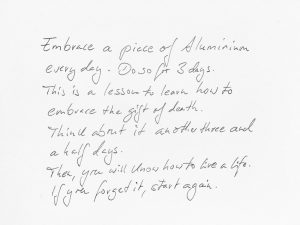
Some of our scores as inspriation
With many thanks to Brigitte, Elisabeth and Jack for their generous companionship,
and to Elisabeth and Jan from SeeLab / Jot12 to make this residency and the presentation happen. Also to ImPulsTanz, who supported the research with a residency in summer 2019.
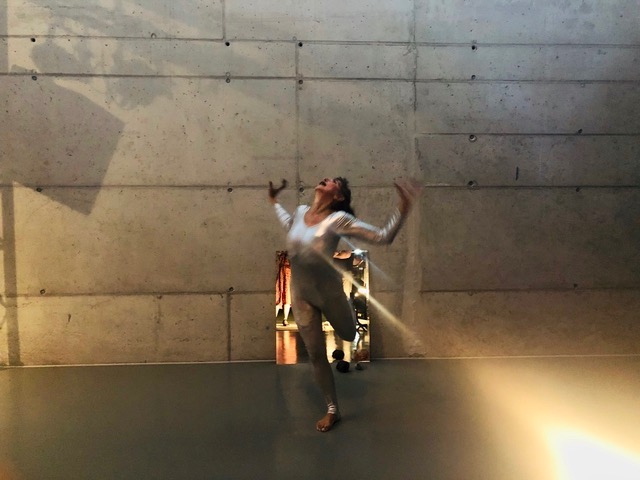

Textures of Elisabeth Schäfer:
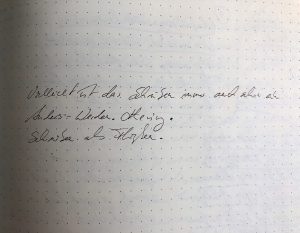
What…
La Foret
Which Organs?
Inside Out


The Kolontár dam failure was an environmental disaster, which occurred on October 4, 2010 at Kolontár in western Hungary. As a result of this accident, 150 people were injured and ten died. 40 square kilometers were affected when about one million cubic meters of red mud flooded the land.
Song of the Earth
there is a silver shimmer beneath the grounds
a silver shimmer shimmering
bound with the ground
shimmer glimmer
within the rocks
within the clay
within the body spar
oh greed oh bleed
bleeding you make me
tearing me apart
red blood
red mud
in the forests and rivers
sour fire penetrates my body
acids eats all seeds
my silver lines my silver shines
my moonlight
aluminations

Die Akte Aluminium. Ein Film von Bert Ehgartner.

Videostill „Die Akte Aluminium“ von B.Ehgarnter.
Bauxit Company Porto Trompetas; Brasilien.


Photos: Sabina Holzer, Jack Hauser, Brigitte Wilfing, Jan Laut, n-tv
Traces of my Artist in Residence @ ImPulsTanz, August 2019
Discorveries through the investigation of how to do a not-piece
Traces of my Artist in Residence @ Im_flieger, Dec.2018
Sci-Fi Lullaby – First Tunes
